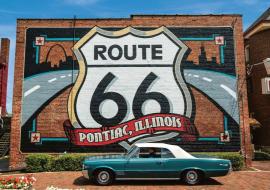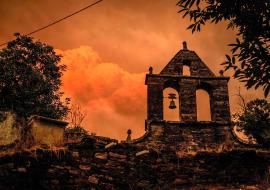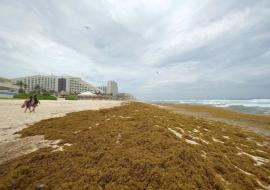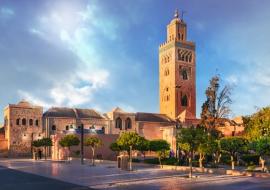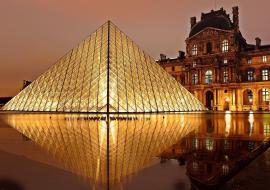Interesting Developments in the History of Santiago de Cuba
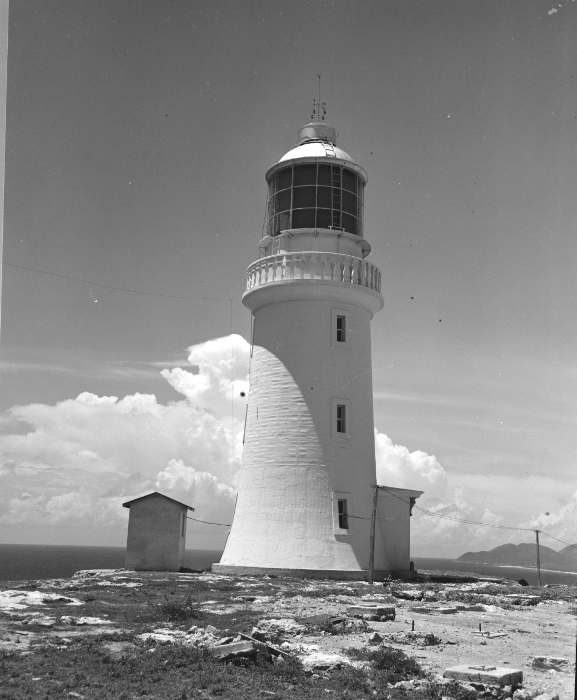
Santiago de Cuba, a city that is about to be five hundred years old, has witnessed interesting developments that are worth to be recalled centuries later. Here are some of the highlights:
Click on Santiago de Cuba: A City of 500 Years
1. On June 7, 1578, Hernando de Soto arrived in the city to take office.
2. January 21, 1883, set the beginning of the construction of a railway track between Santiago de Cuba and El Cobre.
3. The electric street car service was inaugurated in February 1908, with 14 cars (28 seats each) from Philadelphia. The departure spot was known as Planta, a power plant near the present military hospital.
4. The lighthouse at Morro Castle was inaugurated on April 6, 1848.
5. The first doctor’s office with x-ray equipment, owned by Doctor Alfredo Mainer, was opened on May 5, 1903.
6. The railway track from Santiago de Cuba to Boniato was inaugurated on May 6, 1889.
7. The Economic Society of Friends of the Country was founded on July 7, 1787, the first of its kind in Cuba, although it didn’t last long.
8. Television channel Tele Rebelde was launched on July 22, 1968, by Commander Juan Almeida Bosque. It’s the current Tele Turquino.
9. On September 1, 1905 the Provincial Council decided to have Santiago de Cuba province named Eastern province.
10. On October 9, 1903 Mr. Emilio Bacardí suggested that Hospital Street should be named Padre Pico to pay tribute to the patriotic priest.
11. The High School Institute was founded in November 1864. It presently stands as Cuqui Bosch senior high school.
12. The School of Arts and Trades was founded on December 10, 1908, today’s Antonio Maceo technical institute.
13. On December 31, 1901 Emilio Bacardí established the tradition of raising the flag at Céspedes Park and singing the National Anthem at the beginning and the end of the ceremony on the early minutes of January 1st. He followed Chichí de Moya’s idea and did it against the orders of the US military governor of the city at the time.








